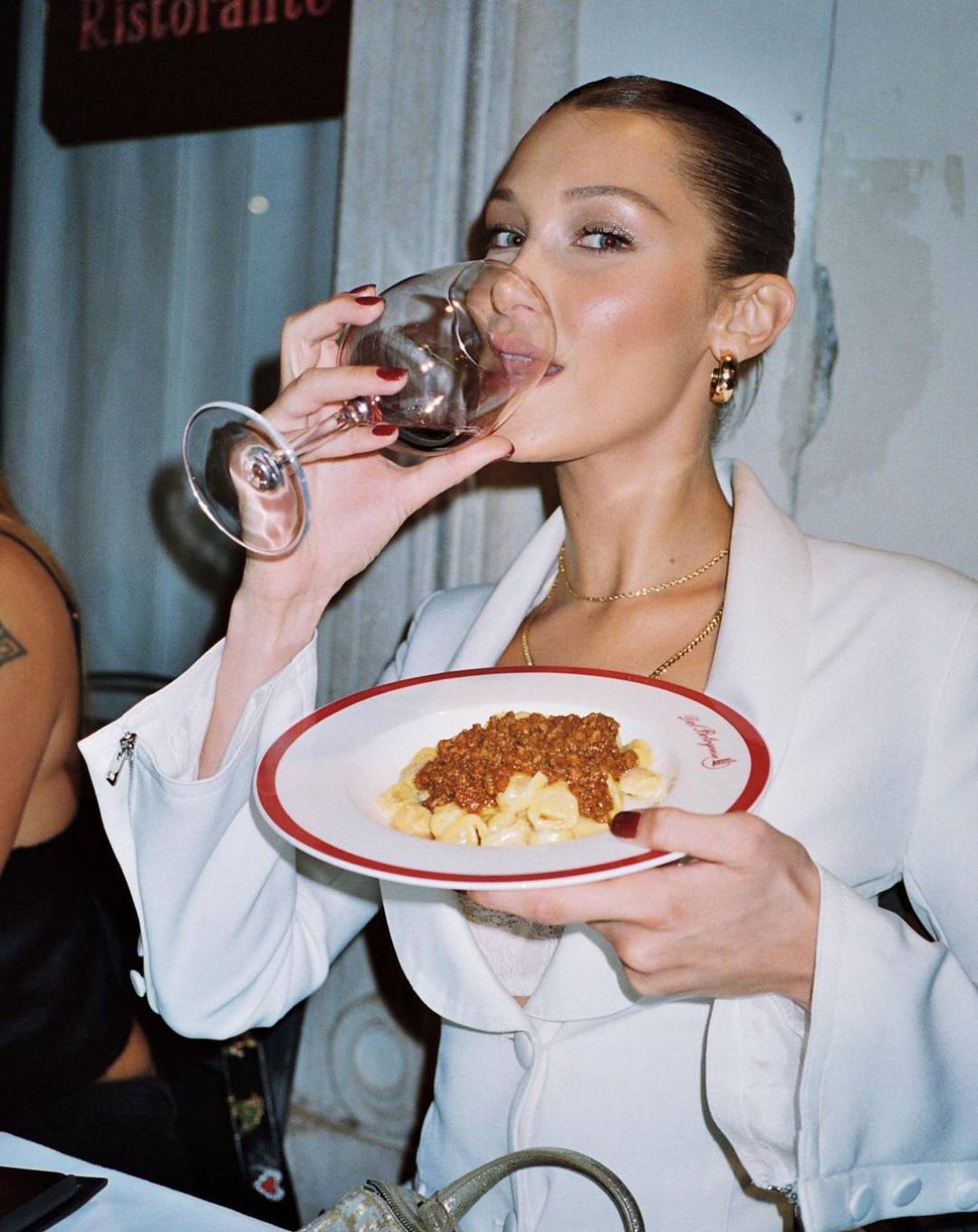
If even food becomes fashion and status symbol From sustenance to flex on social, we've lost touch with what it means to eat
Food is an indispensable part of our lives, providing sustenance, fostering conviviality, building community, creating a sense of belonging, offering discovery and experimentation and connecting us to our familial and geographic history. Simultaneously, it has become a trend, a form of entertainment, social network content, a status symbol, and a reflection of societal sophistication. The entire food industry, predating the term 'food industry', revolves around these concepts. It encompasses trends, personalities, faces, and customer loyalty. From television chefs onwards, nourishment has become a genre in itself, featuring TV shows, themed reality and talent shows, websites and blogs, YouTube channels, food creators, and various formats. Currently, food not only follows trends but has become a trend in and of itself, operating on multiple levels.
Trendy Food: When Food Becomes Fashion
Consider examples like the collaboration between Palace (and Vain) and McDonald's, resulting in an exclusive range of T-shirts and hoodies, or Burberry's limited edition partnership with Norman's Cafe. There's also Saint Laurent's ice cream, Nando's clothing capsule, and A.P.C.'s olive oil. Beyond that, the intersection of food and pop culture is evident in sought-after collaborations like Oreo x Chromatica by Lady Gaga or with Blackpink, Burger King for Barbie, Heinz for Absolut Vodka, Coca-Cola and NewJeans, AMBUSH and Reese's Puffs. Food has evolved into a collectible item, a meme, and a possession, where consumption becomes secondary.
Food as a Status Symbol: Instagrammability and Coolness
Food's integration into our meticulously curated daily lifestyle, especially on social media, goes beyond luxury brand campaigns and collaborations. Exclusive events demand not just any food but something trendy. It must originate from the most hyped bistros, cafes, or restaurants of the moment. Before being delicious (considering that most people might not actually eat it), it must be photogenic. The constant photographing of what we consume, from latte art onwards, turns it into something distant, akin to an artwork that we didn't create. The more glamorous the food, the less likely we are to cook it ourselves at home. Eating out, especially in trendy places, becomes a means of gentrification and social separation, particularly in major cities flooded with must-visit-new-spots on every corner. Sometimes, they even have merch. Sharing these discoveries on social media, through TikTok or IG reels, further increases the desirability and the queues.
Eating on Social Media: With Eyes Only
Nutrition and food content on social media present a three-headed monster. TikTok influences trends, compelling food creators to chase virality by replicating dishes like feta pasta or the salmon bowl. The content ranges from showcasing what one eats and drinks, with a flurry of app orders and no dirty dishes, to meticulously preparing elaborate, perfect, expensive dishes with rare ingredients. However, these extremes are unsustainable for normal people with normal lives and incomes. Both extremes create a vast distance between us and the act of eating for nourishment. On one hand, by ordering out, as noted by Mike Pollan, we delegate the responsibility of our survival entirely to someone else. On the other hand, the highly curated and choreographed dishes exist only in an ideal world where everyone has the time, desire, and resources to prepare them. The reality of food, with its raw chicken, potato dirt, stuck rice and overcooked pasta, is completely lost, projecting them onto a screen that doesn't allow for realism. What is more grounded and bodily than the act of eating? Perhaps only the body itself.
Risks of Abstraction: Re-establishing Contact
While not intending to condemn anyone posting food-related content, it is crucial to recognize the risks of this abstract behavior. These range from eating disorders to the obsession with consuming aesthetically pleasing, trendy items, disregarding nutritional values and reality. This behavior also includes mimicking eating styles of individuals with completely different needs. Without delving into the vast topic of online dietitians and their remote advice, let's reflect on behaviors that we encounter daily, behaviors that often slip under the radar and become normalized. If our fast-paced modern lifestyles rob us of time and the inclination to care for ourselves, perhaps preparing a simple rice and vegetable dish (not Instagram-worthy but very good) could be a way to reclaim our time, a comforting act to preserve, at least when possible. No frills or performances needed.

























































